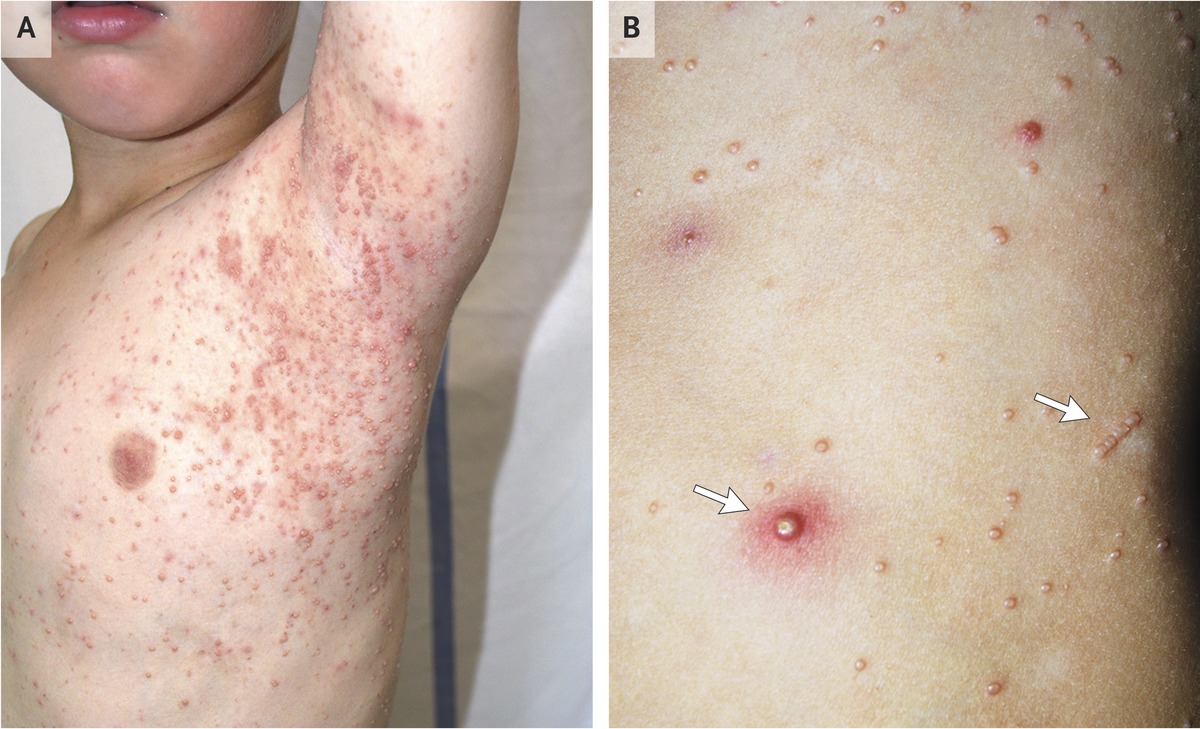Hair transplantation has become a ray of hope for anyone who wishes to get a full head of hair. Both FUT and FUE hair transplant procedures have been shown to be equally effective in the treatment of hair loss. The question is which is better: FUE or FUT. They only vary in terms of how grafts are harvested from the donor site. The process for implanting grafts is similar.
In this article, Dr. Harikiran who is one of the best Hyderabad based hair transplant surgeon will discuss about the advantages & disadvantages of both the process along with the cost of hair transplant in Hyderabad.
What are the advantages and disadvantages?
Both the FUT and FUE approaches have their benefits and drawbacks. Follicular Unit Excision (FUE) is often referred to as the more “advanced” procedure, but both FUT and FUE provide excellent results, and the best approach depends on the patient’s specific needs and characteristics. However there are several other factors that one might think about such as the cost of treatment, post-surgery care etc. FUE is advanced & a costly method compared to FUT. In India, FUE might cost Rs. 150,000-300,000 depending on the number of grafts required while FUT will cost around Rs. 90000-200,000.
Here are some other things you should think about:
Benefits of FUE
No linear scar – FUE has the advantage of not leaving a linear scar like FUT. Individual follicular units are harvested, leaving only tiny dot scars visible to the naked eye. This makes it perfect for those who want to return to strenuous exercise quickly.
FUE is particularly appropriate for people who prefer to keep their hair short, such as a number 1 or number 2 haircut, because of the minimal scarring. It’s also possible to make a number 0 cut.
FUE is good for small transplants – FUE is a good option for younger patients or those who only need a small number of grafts in the hairline.
Benefits of FUT
Good for patients who need a large number of grafts – FUT usually yields more hair than FUE, which is beneficial if the patient’s primary objective is to achieve optimum fullness from the hair reconstruction.
There is no need to shave the whole head because the FUT technique allows existing hair to be kept long, which can be used to conceal the longitudinal scar.
Shorter surgical time – Depending on the size of the recipient region and the number of grafts to be transplanted, the FUT procedure can take anywhere from 4 to 6 hours. This is much quicker than FUE, which can require removing up to 2,000 grafts and can take up to 10 hours – or even more than one day in surgery in some cases.
FUT is often less costly than an FUE treatment. FUT and FUE are painless procedures that only involve a local anesthetic.
Which one is more successful?
They are both similarly successful and efficacious in terms of hair regrowth. Regardless of the methods, choosing a tool is influenced by a variety of other variables. They are as follows:
- Patient’s age and the extent of hair loss on the scalp
- Hair availability in the donor region.
- The patient’s attitude & expectation
The surgeon must weigh all factors before deciding on the best course of action for the patient. There is no one-size-fits-all solution.
Things to note
- If the scalp is extremely thick or the hairs are extremely fragile, FUE may not be possible and FUT may be needed.
- To obtain the required number of grafts in very large cases, a combination of both methods may be required.
- FUT is a simple procedure that can be replicated several times. When you do FUT in one sitting, you’ll need to do another FUT or FUE in the next. Taking more than 3000 grafts at once with FUE is dangerous, and a second FUE session might not be possible.
The bottom line
- In our view, FUT is the best method for patients with a small budget in India because it is less costly, more convenient, and delivers excellent results.
- Despite this, FUE appeals to many patients who are concerned about the FUT approach because of the “skin removal.” FUE can be performed on such patients, as well as those who wish to have short hair, have sufficient financial capital, and have a small bald area, up to about 2000 grafts.
- FUT is better after 2000 grafts; if the patient still wants FUE, FUE will have to be mixed with body hair. Body hair is inferior to scalp hair, and should only be used when scalp hair is unavailable.
- The true advantage of these new techniques, is that they give the transplant team more choices: the techniques give options for those who have a bad donor and those who choose to have 3-4-5 sessions. They assist us in transplanting more grafts; for example, Combining FUT, FUE, and BHT allows for a total of 4500 grafts to be transplanted in a single session: 2500 by FUT, 1000-1500 by FUE, and another 500-750 by BHT over the course of 3-4 days.
- This is especially useful for those with large areas of baldness who wish to have the surgery completed in one session.
- Despite the hysteria on the internet, FUT hair transplants account for 90% of all hair transplants worldwide. Because of its high cost, FUE transplants account for just 10% of all transplants.

